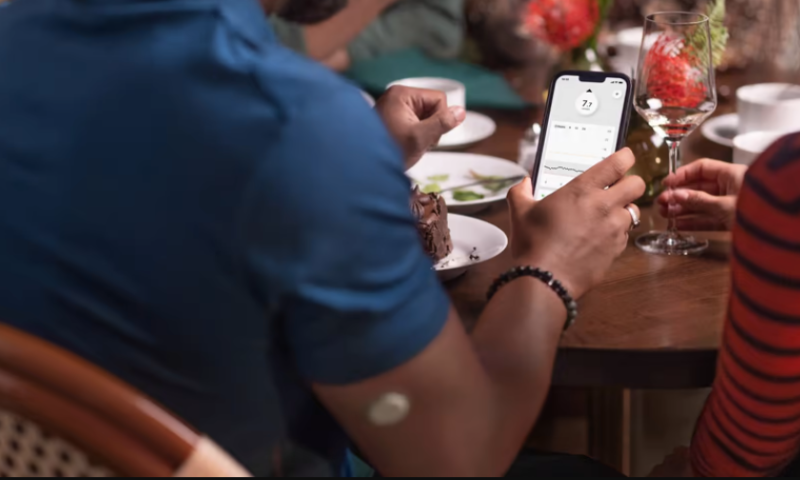Last month, the medtech world was abuzz with the rumor that Dexcom and Insulet were exploring the possibility of a merger that would’ve positioned some of the diabetes tech market’s biggest products under the same roof.
After about a week of speculation—marked by wild stock price fluctuations in both directions—Dexcom finally broke its silence to set the record straight. It issued a statement May 31 noting that, in fact, the company was “not in active discussions regarding a merger transaction at this time.”
That fits with Dexcom’s long-standing M&A strategy, which has seen the glucose sensor maker focusing on small tuck-in buys—rather than industry-shaking megamergers—that play second fiddle to its own core businesses.
“We’ve been the organic growth story of the decade. No medical device company goes from $40 million to almost $3 billion organically—we’ve done that,” CEO Kevin Sayer told Fierce Medtech in an interview during the American Diabetes Association’s annual scientific sessions on Monday.
“We pride ourselves on that organic growth, and that will be the engine that drives us,” he said, but added, “Where we see opportunities to get technologies or capabilities that enhance what we do or possibly enable us to differentiate in the future, we will consider that.”
Those opportunities might stem from Dexcom’s in-house venture group, which invests in small startups “completely outside the realm of what we do,” per Sayer, and could serve as a jumping-off point for future partnerships or acquisitions. Elsewhere, most of Dexcom’s recent M&A activity has seen it scooping up its existing distribution partners “in geographies where we’ve needed more presence,” Sayer explained, or picking up small developers of diabetes management software and algorithms.
Dexcom may also simply be too busy to fold another international corporation into its own business. So far this year, it has already racked up CE mark approval in Europe for its latest continuous glucose monitor technology, the G7 sensor; introduced its slimmed-down Dexcom One CGM into new European markets; and nearly completed construction on a large manufacturing facility in Malaysia.
The next half of 2022 will be spent supporting partners like Insulet and Tandem in the international rollouts of their insulin pumps, while also further expanding the reach of both G7 and Dexcom One in Europe. The latter eliminates the G series devices’ ability to wirelessly share glucose readings with a broad network of caregivers and healthcare providers, offering a simplified, less expensive CGM offering for those who want it.
With an eye toward continuing to ratchet up that organic growth—following a 2020 that Sayer termed Dexcom’s “best year ever” and a 2021 that topped it—according to the chief executive, “We’re setting ourselves up very well for the future this year.”
Amid all of those initiatives, however, the G7 is top of mind, with “all hands on deck there,” Sayer said.
First up: expanding the sensor’s European launch, with both iOS- and Android-friendly versions of the software rolling out in tandem across the continent’s larger countries throughout the rest of the year. Its limited launch so far has validated all of Dexcom’s assumptions that customers would appreciate the new sensor’s smaller size, revamped app and improved ease of use, Sayer said.
Dexcom is still awaiting clearance for the sensor from the FDA. The CEO attributed the delay to the pandemic, which led the agency to prioritize reviews of COVID-related devices.
“We’re in our continual back-and-forth with the agency,” he said. “But we’re very confident, and I believe the FDA is confident, that our data is going to get us there. We haven’t seen anything that would give us concern.”
Once its global launch is under way, Sayer is predicting that G7 will bring on the fourth major shake-up Dexcom has sparked in the diabetes tech industry in the last decade. The first came in 2012, with the launch of the G4 CGM and its groundbreaking accuracy. It was followed in 2015 by the announcement that the G5 sensor would automatically send blood sugar readings to a user’s smartphone, rather than a separate receiver, and to a network of other designated recipients. The third milestone arrived a few years after that, with the debut of the G6 device’s easier insertion method and improved accuracy in 2018.
“With the shift to G7, we’re geared up for the same thing. We believe it will be a remarkable launch and a big event in our company’s history, since we’re launching into millions of users, not just tens of thousands,” Sayer said. “So we’ve got to be really good—and we will be.”

